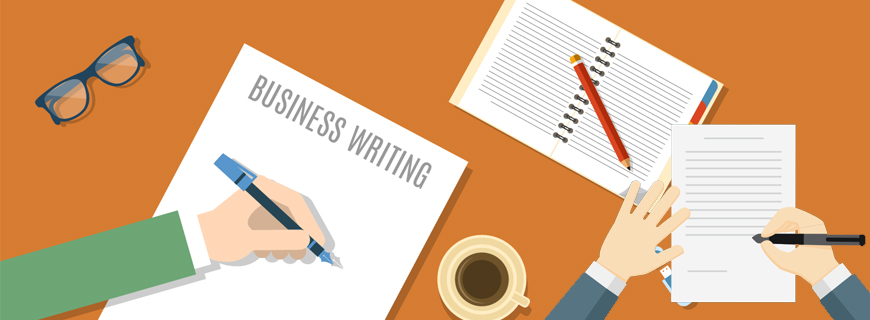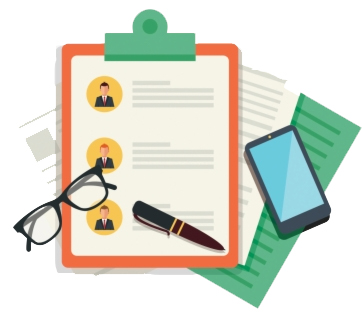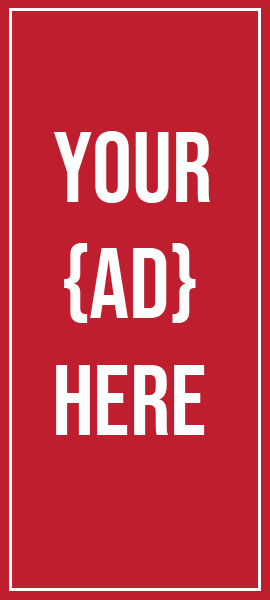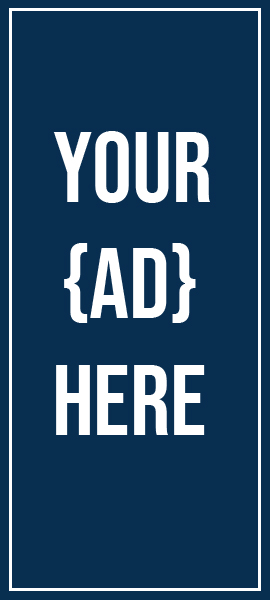
Business Correspondence Through Letters
What a lot we lost when we stopped writing letters. You can’t reread a phone call.
– William Zinsser
Introduction
When you need to interact with another organization or convey significant news, business letters can offer your message in a manner that is traditional and well polished. Business letters, in contrast to internal memos, are typically designed to be sent from one firm to another. This is the primary reason why business letters are so official and structured. However, letters are also fairly versatile in that they can be used for a variety of purposes, including formal requests, announcements, cover letters, and many more.
Even though they are professional, letters can nevertheless have a pleasant tone, particularly when they offer brief introductions before getting to the main subject. Despite the formality, letters can still have a friendly tone. Regardless of the mood you choose to convey in your letter, the writing you produce should always be brief, unambiguous, and simple to read.
In this lesson, we will discuss the basic structure of business letters, and how to choose the most appropriate format for your business letters.
The organizational format of a formal business letter
The proper format of the business letter is quite important to both its appearance and its reading. In order to produce a useful document, you can create your letter by following the format outlined below as you work on it.

Beginning: Be sure to include your postal address, the complete date (for instance, July 30, 2017), as well as the recipient’s name, firm, and address. There should be a blank line between your address, the date, and the information about the recipient. If you are using letterhead that already has your address, you do not need to add it again.
Salutations: When addressing the receiver, begin your greeting with “Dear,” followed by their title and last name. For example, you may say, “Dear Mr. Russell” or “Dear Director James.” If you are unsure of the gender of the receiver, you should address them with their complete name, as in “Dear Russell James.” Last but not least, at the very conclusion of the salutation, you should be sure to add a colon.
Body: Introduce yourself and state the primary objective of your letter in the opening paragraph of the body of your correspondence. The subsequent paragraphs should go into more depth about your primary point, and the final paragraph should reiterate the goal of the letter and include a call to action if one is required.
Closing: The phrases “sincerely” and “yours truly” are often used as formal closings and are highly recommended. Consider putting “Cordially” or “Best regards” as your concluding phrase for a more personal touch. Put a comma after it no matter what you decide to do with the rest of the sentence.
Signature: After the ending, skip over the next four lines and type your name there. You can skip the next line and then write in your job title and the name of your company. In the event that you are sending in a paper copy, make sure you sign your name in the blank box using either blue or black ink.
Enclosure: Please list any attachments here if you are sending hard copies of anything along with this message.
The layout, which establishes the manner in which the text is formatted, is yet another essential component of the structure. The block style is the most typical layout for a business letter. This arrangement preserves all of the text left-justified and single-spaced, with the exception of the double spaces that are placed between paragraphs. This format maintains the letter’s neat appearance and makes it simple to read.
Brief check
Corresponding via letters is a large part of doing business. More than sending a message, business letters are a way to establish rapport, clarify work expectations, and even affirm and encourage co-workers.

The Basic Structure
A formal style is recommended for most business correspondence. It shows courtesy, professionalism, and knowledge of protocol. As a rule, use a formal style unless invited otherwise or you have already established a relationship with the person you’re writing to.
A formal letter usually contains the following sections:
- Sender’s full name and address
- Addressee’s full name and address
- Date the letter is sent (or assumed to fall into the hands of the receiver)
- Formal Salutation e.g. “Dear + Formal Address”
- A Subject Heading e.g. “Re: Job Opening for Quality Control Officer”
- Letter Body
- Formal Closing e.g. “Respectfully yours, Sincerely yours,”
- Name and Signature of the Sender
Lay-out on Page.There are two commonly used layouts for a formal letter: the block and the semi-block. In the block format, all text is aligned to the left margin, and the paragraph is not indented. In the semi-block format, all text is aligned to the left margin but the paragraphs are indented. Both formats are considered appropriate for business correspondence.
Choosing a Format
The format of your business letter depends on:
- The stage of your working relationship with the letter recipient.
For clients that you have just met, or have yet to establish a relationship with, a formal format is always advisable.

- The seniority of the recipient.
When writing to a senior member of the company, or any individual with a high rank, go for a more formal format.
- Your letter’s privacy.
You may have established greater familiarity with the person you are corresponding to, but remember that all business letters also serve as company records. If you are writing something that would be copy-furnished to many people, mind your tone.
As a rule, take your cue from how the other person responds to you. If they reply in an informal manner, then you may take it as permission to do the same.
You may also refer to your company culture and a standard protocol for guidelines.
Brief check
Learning how to write a letter for business purposes is a skill that will serve you well throughout your professional life. If you continue to learn and practice it, you'll eventually be able to speak in an old-fashioned manner.
Writing the Letter
Tips on how to write a business letter:
Keep your purpose in mind when writing a business letter. There are many types of business letters (e.g. letter of inquiry, letter of application, letter of the announcement, letter of congratulations) and each type has suggested content and formats.
Write with a positive tone. Even if the subject of your letter is unpleasant, it is important to remain courteous and tactful. Building and sustaining goodwill is imperative in all businesses.
Follow standard spelling and grammar rules, even if your letter is informal. At the end of the day, you’re still writing for business and you should never leave your professional personal behind.
Personalize your business letter. While there is a generic template for almost every situation, it still speaks well of you if you can make your letters targeted to your recipient.

Conclusion
Revision is an essential step in the writing process. Review your letter to ensure that it is as brief as possible, and proofread it to check for flaws in spelling and punctuation. When you have finished writing your letter, you should have someone else read it and provide you with comments. This is because other people can identify errors that you may have missed. In addition to this, check to see that any enclosures have been appended to your document and that any hard copies have been signed.
After you have finished making changes to the text, you should think about the format of your letter. If you are going to print off a hard copy, be sure that you use good paper. You might also try utilizing letterhead to create the appearance of your document more professional.
You should check that the structure of your letter is flawless and that the text is single-spaced and left-justified. The body is proper, cordial, and to the point, and both the greeting and the conclusion are presented in a positive light. In addition to that, it has a handwritten signature, which indicates that it is complete and ready to be handed in as a hard copy.
Practical Application
Jason was tasked with writing a letter that would be sent to an unsuccessful candidate for the internship program at the company. To get things rolling, he researched the potential candidate and acquired information such as their name and address to use at the top of the letter. Even though he was writing to impart some fairly upsetting information, he managed to keep the letter’s tone as upbeat and cheery as possible.
Jason was well aware of the fact that it was of the utmost significance in business to have a nice attitude and tone in all situations in order to assist in the establishment and maintenance of commercial connections. He also made certain that the letter had proper spelling and punctuation, and he took the time to personalize it, all with the goal of giving the applicant the confidence that they may submit another application at a later date.





